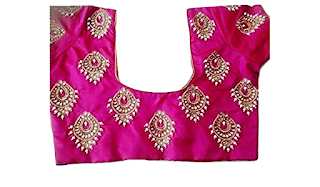10 Simple Steps to Check the Quality of Fabric Before Buying
Checking the quality of fabric is essential to ensure that you are purchasing a durable, well-made material. Here are some tips to help you evaluate the quality of fabric:
1. Texture and Feel: Run your hands over the fabric and feel its texture. High-quality fabrics often have a smooth and consistent texture. Avoid fabrics that feel rough, scratchy, or flimsy.
2. Weight and Density: Assess the weight and density of the fabric. High-quality fabrics tend to be heavier and have a denser weave. Hold the fabric up to the light to see if it is too sheer or if it allows light to pass through easily, which can indicate a lower quality.
3. Weave and Construction: Examine the weave of the fabric. The weave should be tight and even without any loose or pulled threads. Look for consistent stitching and secure seams, as well as well-finished edges.
4. Colorfastness: Check the colorfastness of the fabric by rubbing a damp cloth on a small inconspicuous area. If the color transfers onto the cloth, it may indicate poor dyeing or a lack of colorfastness.
5. Stretch and Recovery: If the fabric has stretch properties, test its stretch and recovery. Pull the fabric gently in both directions and see if it returns to its original shape. High-quality stretch fabrics should have good elasticity and recovery.
6. Pilling: Run your hands over the fabric to check for any signs of pilling, which is the formation of small fabric balls on the surface. Fabrics with longer fibers and tighter weaves are less prone to pilling.
7. Wrinkle Resistance: While all fabrics wrinkle to some extent, some fabrics are more wrinkle-resistant than others. If the fabric wrinkles easily and doesn't bounce back when smoothed, it may require more maintenance to keep it looking presentable.
8. Care Instructions: Read the care instructions provided with the fabric. High-quality fabrics often have specific care instructions that help maintain their appearance and durability over time.
9. Brand and Reputation: Consider the reputation of the brand or manufacturer. Established brands that have a history of producing quality fabrics are more likely to offer higher-quality materials.
10. Test a Sample: If possible, ask for a small sample of the fabric to take home and test. You can wash, iron, and handle the sample to see how it performs and holds up under different conditions.
By paying attention to these aspects, you can get a better understanding of the quality of the fabric you are considering. It's always a good idea to trust your instincts and, if possible, seek advice from professionals or experienced individuals in the textile industry.



Comments
Post a Comment